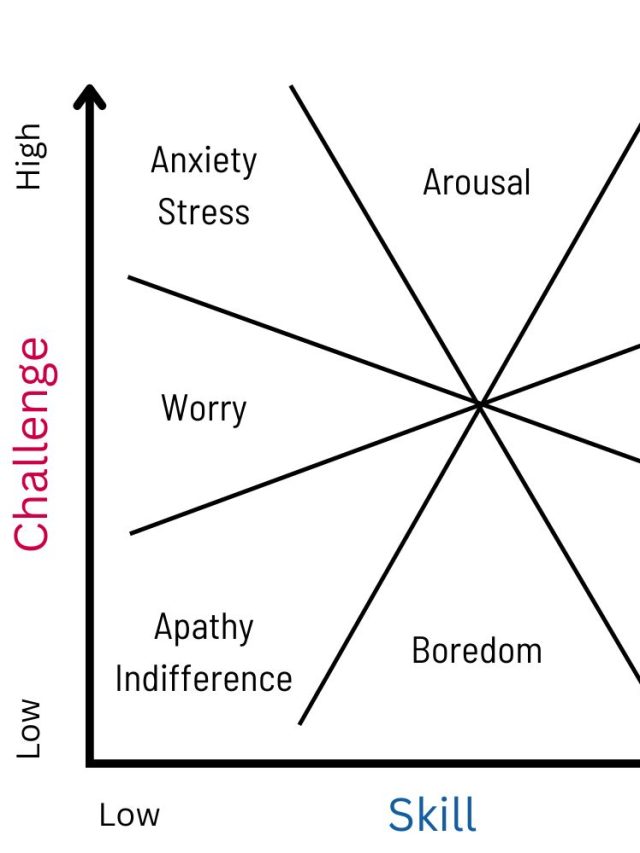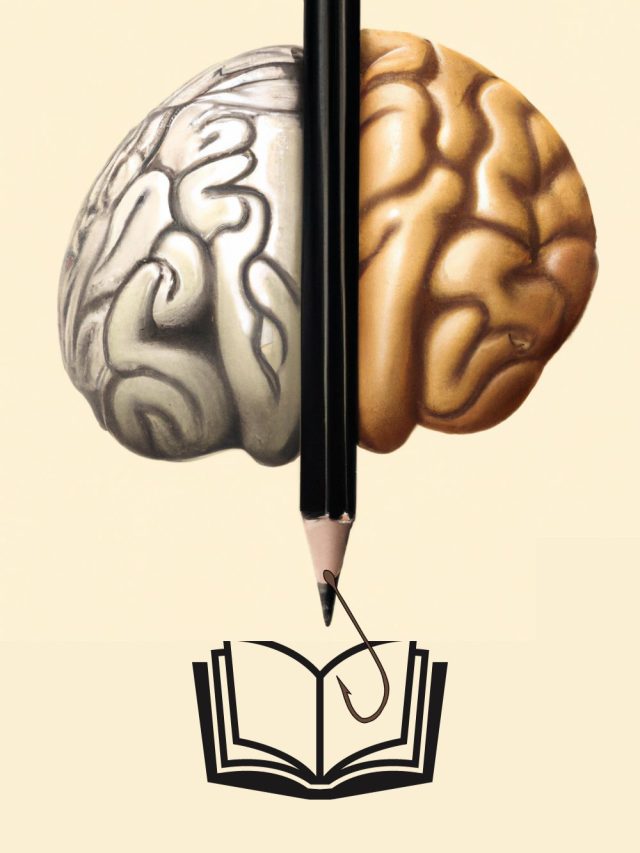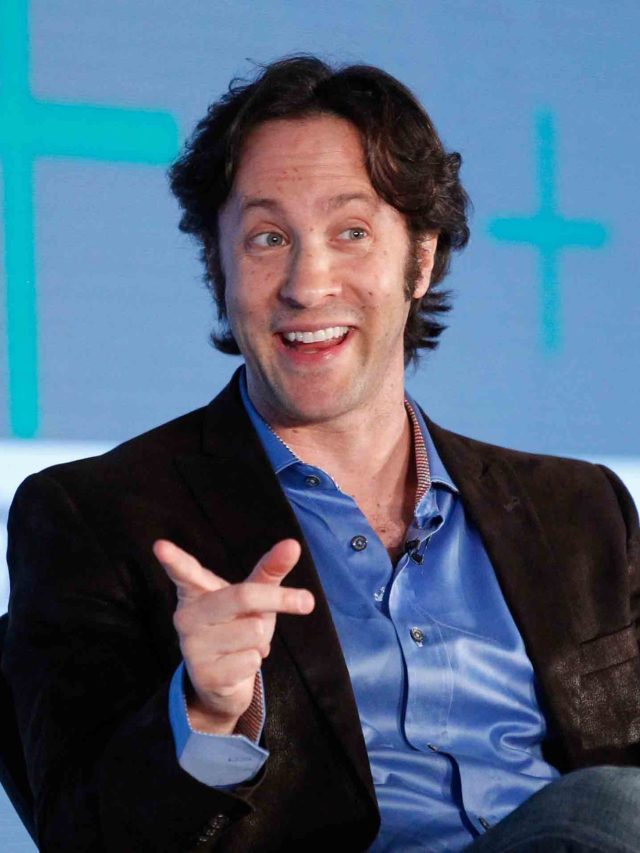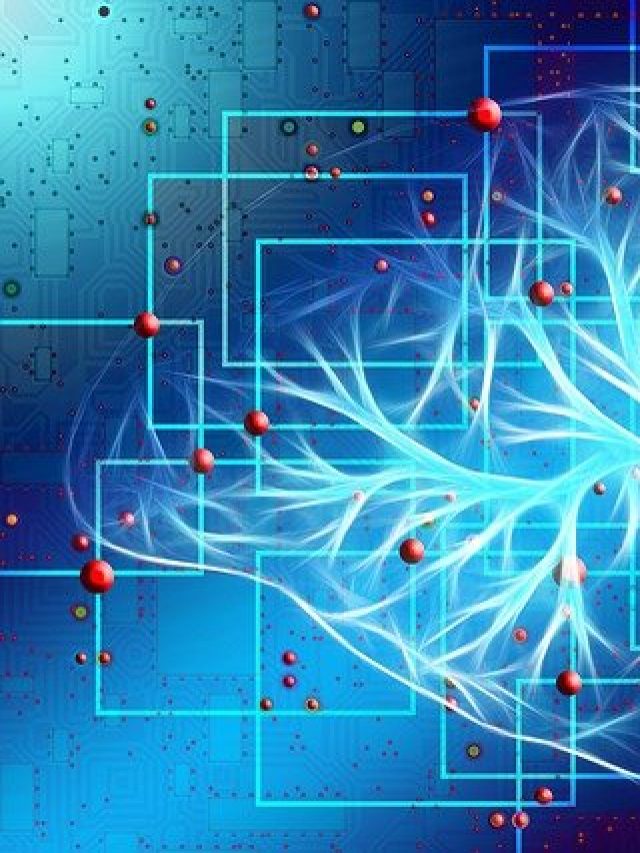The Nobel and Ig Nobel prizes award groundbreaking, fascinating research, from how Huh? is the most universal word to the location of brain cells that create an internal mental map. And then there are the game-changing ideas that show how humans are, by default, irrational and that there are tricks to spotting lies in a gossip chain.
Psychology and neuroscience aren’t Nobel prize categories, but many Nobel laureates have had a huge impact on psychology and neuroscience. The most famous example is Daniel Kahneman, who showed the world that our decisions are fundamentally irrational and we can’t predict human behavior using just logic. He authored “thinking, fast and slow[1],” which is almost a bible for anyone who gets into marketing, economics, psychology, or strategy.
Like the Nobel prize, there is an Ig Nobel prize, a sweet, smart, and fun counterpart of the Nobel Prize, which offers many psychological insights.
The greatest contribution to science: The Nobel Prize
The Nobel Prizes were established according to Alfred Nobel’s will, a Swedish chemist, engineer, and industrialist. He bequeathed all his remaining releasable assets to establish five prizes in Physics, Chemistry, Physiology or Medicine, Literature, and Peace. The Nobel Prizes were first awarded in 1901 and are widely regarded as the most prestigious awards in their respective fields. In 1968, the Sweden Central Bank also funded the establishment of a Nobel Prize in Economic Sciences in memory of Alfred Nobel. These prizes are awarded yearly to those who, during the preceding years and decades, have conferred the greatest benefit on humankind.
The entertaining contribution to science: The Ig Nobel Prize
The Ig Nobel prize, with its tagline “First it makes you laugh, then it makes you think,” is a satiric counterpart to the Nobel Prize, which was instituted in 1991 as a spoof (Ig Nobel means not Nobel). It rewards and acknowledges quirky and funny research with profound insights. And, it has a gloriously funny ceremony with a person paid to shout “I am bored” for long speeches and typewriter orchestras. Organized by the scientific humor magazine Annals of Improbable Research, it is awarded for unusual or trivial achievements in scientific research. The kicker – It is presented by none other than Nobel laureates themselves in a ceremony at Harvard University, followed by a public lecture by the winners at MIT. While you may think these studies are trivial and mocking science, Ig Nobel prizes celebrate their hidden practical insights.
The Nobel Prize is a 1 million dollar award, but the Ig Nobel Prize is a 10 trillion dollar Zimbabwe currency bill, a meaningless currency today. But, still more exciting than monopoly money. Bigger is better, they say. Ig Nobel took that seriously.
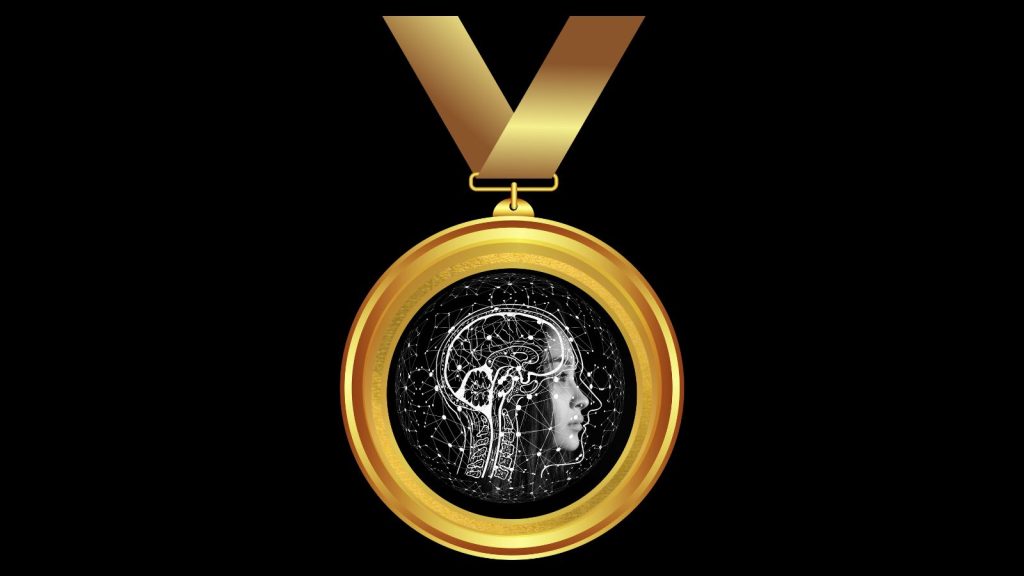
List of Nobel Prize winners who influenced psychology/neuroscience
Claudia Goldin (2023) – explained the causes of a gender gap in income and career growth across industries
Field: Economic Sciences
Claudia Goldin collected 200 years of data from the US that looked at industry, age, gender, etc., and drew insights into why there is a gender gap in wage and employment and how it changed over time. One clear observation she made is that women’s educational qualifications rose dramatically with the rise of contraceptive use, which created more career opportunities and early planning. She also demonstrated that one major reason holding the wage gap is that the previous generation of women who did not choose high-achieving careers and instead chose (or were forced into) homemaking set lower expectations for future generation women. This is because career and educational decisions were made at a very young age in women’s histories, and that could lower the reference point for what women can earn and do for a living.
Daniel Kahneman (2002) – showed we are irrational
Field: Economic Sciences
Daniel Kahneman won the Nobel in 2002 for applying psychological insights to economic theory, particularly in judgment and decision-making under uncertainty. Traditional economic wisdom said humans make rational decisions in line with their financial interests. But, studies by Daniel Kahneman and colleagues like Amos Tversky demonstrated how humans are, by default, irrational and biased, which steers them away from rational decision-making. His findings led to the foundation of the domain of behavioral economics to account for human biases while creating economic models. Kahneman led the integration of psychology with economic sciences through his insights.
Roger Sperry (1989) – split the brain in half
Field: Physiology/Medicine
Roger Wolcott Sperry’s groundbreaking finding of the “split-brain” theory, which won him a Nobel, was equally rewarding for psychology and medicine. Sperry found that the brain’s right and left hemispheres act independently while doing their specialized functions. This finding generated path-breaking insights into human cognition, consciousness, and learning for contemporary and future psychologists. It also led to the cure of many brain disorders like epilepsy that target only one side of the brain rather than destroying the entire brain.
Sir Henry Hallett Dale and Otto Loewi (1936) – found a neurotransmitter that enabled nerves to communicate with each other
Field: Physiology/Medicine
It all began with Dale and Loewi – they are the reason we can now say we need dopamine and serotonin in life. The foundation of modern psychiatry starts with Dale and Loewi studying how nerves communicate and finding a neurotransmitter called “acetylcholine.” Otto dreamed of an experiment in which he stimulated a frog’s heart and then transferred the heart’s liquid into another frog. He did this experiment in real and saw that stimulating one frog’s heart changed the heartbeat, and transferring the liquid raised the heartbeat of the other frog via the liquid – so something was in the liquid after stimulation. He concluded there must be a signaling chemical. Otto then stimulated the vagus nerve to see what happens and saw the heart reduce its beating speed. Then he transferred the liquid containing the heart to another frog’s heart and saw it also reduced beating. Eventually, he concluded a neurotransmitter must be in the liquid that sends signals to the heart. Simultaneously, Dale also conducted experiments and studied the chemical composition revolving around the vagus nerve that reduced heart rate and affected muscle movements elsewhere. He called it Vagustoff based on the vagus nerve, which is now dubbed acetylcholine. Together, they formally put forth the theory that neurotransmitters – chemicals – are needed to send signals between nerve cells.
Richard S. Thaler (2017) – showed what makes us behave
Field: Economic Sciences
Richard Thaler’s Nudge theory, which entered popular science through his book Nudge[2], outlines how the human brain goes for easy decisions rather than rational ones. It is now a must-read book in many self-improvement, marketing, and MBA circles as it shows how people can consciously avoid their bad habits and inculcate good habits by strategically following the nudge approach, i.e., making it easy for the brain to go for the right habits. This theory also has wide applications in behavioral economics. Thaler argued that adopting well-designed choice architectures can steer people to make certain choices.
John O Keefe, May-Britt Moser, and Edward Moser (2014) – found the brain’s internal coordinate system
Field: Physiology/Medicine
These Nobel Laureates found an answer that has engaged philosophers, psychologists, and scientists for a long time – how do humans develop a sense of positioning and form a map of their surroundings? As long as 250 years ago, Kant argued that some mental abilities exist as a priori knowledge, independent of experience. But these Nobel-winning scientists found the scientific answer by finding the brain cells responsible for making spatial navigation possible through internal maps created through patterns of unique place and grid cell behavior. The “place cells” are a memory for a location that talks with “grid cells” representing a coordinate system. This discovery effectively explains the mechanism of how people can solve a Rubik’s cube with a blindfold and how we can draw a mental map to escape when we are lost.
Herbert A Simon (2022) – showed an organization behaves like a living being
Field: Economic Sciences
Simon made economic models that consider corporations as adaptable systems with physical, social, and personal components rather than static beings. Through his models, Simon contributed a paradigm shift in how decision-making processes made by people and companies are viewed in modern society. His economic models show enterprises and entrepreneurs deviate from being totally rational and profit-maximizing entities, as if they make human, irrational judgments themselves.
Ivan P Pavlov (1904) – filled pages of every psych textbook, jk; laid the foundation of how we acquire responses to stimuli
Field: Physiology/Medicine
Ivan Pavlov studied the various digestion processes and found that several body parts, through the nervous system, affect movements in the intestinal canal and the secretions of juices like gastric juice. His findings brought to the fore the significance of psychic factors in digestion, such as hunger’s ability to activate the secretion of gastric juice. He also demonstrated that animals could be conditioned to salivate on the sounds of tune. Pavlov’s dogs and classical conditioning are now one of the first things people learn in psychology. His medical findings led to the development of the school of behaviorism, which gave psychology a scientific status.
Santiago Ramon y Cajal (1906) – stained the brain to image it better
Field: Physiology/Medicine
Santiago Cajal is considered the father of neuroscience because his discovery facilitated the study of nerve cells by developing a masterful staining technique to view and study them. Because of this discovery, brain science became possible because the structure of the nervous system and nerve cells could now be deciphered by observing the stains.
Edgar Moniz (1949) – found a surgical way to treat schizophrenia
Field: Physiology/Medicine
Edgar Moniz is regarded as the father of modern psychosurgery. He hypothesized and proved that the abnormal neural connections in mentally ill patients originate from the frontal lobes. His prefrontal leucotomy surgery, now modified into lobotomy, was the first medical cure developed to treat psychosis like schizophrenia. Moniz’s work led to treating many patients until the discovery of better alternatives and psychotic drugs. His work was so novel that it inspired many sci-fi and horror movies with detailed visualizations of lobotomy-like procedures.
Karl Von Frisch, Konrad Lorenz, and Nikolaas Tinbergen (1973) – showed how animals attach to large moving things
Field: Physiology/Medicine
Lorenz made a path-finding discovery by finding that some animal species form an attachment to the first large moving object that they meet. His investigations into the mechanisms of imprinting showed that some attachments are innate and genetically programmed. His work thus opened new research perspectives in psychology on the processes of heredity, identity, and learning. The same principles apply to rescuing abandoned animal babies and raising birds; imprinting – them thinking you are the mommy – puts animal-human interactions into perspective.
Tomas Tranströmer (2011) – illuminated the depth beneath everyday life through poetry
Field: Literature
Tomas Transtomer is a Swedish poet known for his surreal explorations of the human mind, everyday routines, and nature, for which he won the Nobel. A lesser-known fact is that he was trained as a psychologist and worked as one most of his life. His works ignited the issues of fragmentation and isolation through the powerful imagery of his writings.
Bertrand Russell (1950) – created a body of knowledge centered around philosophy, mathematics, and society
Field: Literature
Bertrand Russell’s writings cover mathematics, philosophy, religion, and the intersection of all, embracing social and moral issues, which won him a Nobel. Russel was an advocate of reason and humanism and a dedicated defender of freedom of speech and freedom of thought. His work greatly influenced the study of the nature of the mind, psychology, and behaviorism.
List of Ig Nobel Prize winners who influenced psychology/neuroscience
While the Nobel Prizes are awarded for path-breaking breakthroughs, the IgNoble prizes have a less serious purpose and often state the obvious with a deep insight into the mechanics. Nevertheless, the prize-winning achievements will make you think hard about life and the world and how things work in the world. Some of these prizes have generated psychological insights that are funny but also very important. Let’s have a look!
María José Torres-Prioris, Diana López-Barroso, Estela Càmara, Sol Fittipaldi, Lucas Sedeño, Agustín Ibáñez, Marcelo L. Berthier & Adolfo M. García (2023) – found experts in backward speech have specific advantages but aren’t better than others in forward speech
Paper title: Neurocognitive signatures of phonemic sequencing in expert backward speakers[3]
Field: Neuroscience
Experts of all kinds are known to have very specialized biology in brain regions that govern their skills. For expert backward speakers, the advantages lie in areas governing phonemic sequencing – which is the ability to remember the identity of a sound and reverse it and re-arrange it. The unique value of the study is that the 2 Spanish experts they tested had exceptional performance in a variety of “reversing” tasks like repeating words backward, recognizing reversed words and pseudowords, and reciting numbers backward they were not better than non-expert control subjects in similar tasks that were not reversed. They did not show better overall intelligence or cognitive capacity either, just better at their expertise.
Stanley Milgram, Leonard Bickman, and Lawrence Berkowitz (2023) – observed passers-by look up more often as the size of a group of strangers looking upward increases
Paper title: Note on the drawing power of crowds of different size.[4]
Field: Psychology
According to a paper published in 1969, the same year a human landed on the moon, looking upward appears to be a meme. More people do it when more people are doing it already. The researchers varied the size of a group looking upward on a busy city street and saw that more passersby looked up toward a building as the size of the group increased. An obvious ingenious conclusion, but it highlights how the idea of a behavior going viral depends on the strength of the initial “seed” for that virality. And we see this on the internet – a post getting a lot of upvotes on Reddit (just like the strangers looking upward) becomes viral on other platforms that just see the post as they scroll through their for you pages.
Alessandro Pluchino, Andrea Rapisarda, and Cesare Garofalo (2010) – mathematically showed organizations would perform better if they promoted people randomly
Paper title: The Peter principle revisited: A computational study[5]
Field: Management
A harsh lesson for CEOs and HR – promote at random. Sounds silly and nonsensical and moral-breaking, but the researchers showed an organization would perform better if random people were promoted. They did this by using game theory and simulations that tested different promotional strategies for global organizational efficiency. They found evidence for the Peter Principle – ‘Every new member in a hierarchical organization climbs the hierarchy until he/she reaches his/her level of maximum incompetence’. According to their simulation, if the Peter Principle has to be avoided – that means every promoted member is not promoted to a position where their core competency changes, the best alternative is to randomly promote anyone or randomly promote the best AND worst performer.
Will this succeed outside the simulation? Probably not. You’ll risk losing all the employees who feel this is unfair and undermining.
Mark Dingemanse, Francisco Torreira, N. J. Enfield (2015) – found the most universal word that evolution forced on us
Paper title: Is “Huh?” a Universal Word? Conversational Infrastructure and the Convergent Evolution of Linguistic Items[6]
Field: Literature
Mark Dingemanse and colleagues are renowned researchers who gave us profound insight into the world’s most universally understood and spoken word – “Huh?” They argue that humans needed a special word to interrupt others in conversation to get more details and clarity.
They proposed that the interjection “Huh?” is a universal word that had to have emerged because evolution and social dynamics laid down the precise conditions for this word to evolve simultaneously across languages. They argue “Huh?” is not just an innate sound like grunts, roars, and emotional cries. It evolved and succeeded as a linguistic tool because it is a simple sound, creates a sense of questioning, and is quite distinct in the flow of normal conversation. They say it was pretty much the only efficient option within biological and social limitations to serve the function of interrupting others for more clarity.
I’ve written more on universal words here, you may like to explore that!
Chris Watkins (2020) – showed the income gap in your relationship predicts how much you french kiss
Paper Title: National Income Inequality predicts cultural variation in mouth to mouth kissing[7]
Field: Economic Sciences
Chris Watkins, a psychologist at the University of Abertay, was awarded the Ig Nobel Economics Prize in 2020 for his finding that high-income-inequality partners are more likely to engage in a french kiss than the rest. It’s silly at first, but his reasoning is that kissing is a gesture of keeping a long-term relationship and is, therefore, more passionate in regions where long-term relationships are more appreciated- i.e., economically harsher environments. Does this reasoning, corroborated by his data, make you think about “passion” in love?
Dr. Patrik Barclay (2022) – showed when its good to lie or be honest while gossiping
Paper Title: Honesty and dishonesty in gossip strategies[8]
Field: Peace Prize
Dr. Barclay won the Ig Nobel prize for his mathematical analysis of gossiping. In 2022, Dr. Patrick Barclay, a social psychologist and professor at the University of Guelph, won the Ig Nobel Prize for his paper “Honesty and Dishonesty in gossip strategies,” published in Philosophical Transactions of the Royal Society B: Biological Sciences. The paper presents a mathematical model to predict when a gossip can be trusted to be true and when it cannot be trusted by factoring the value that the gossip puts on the target and recipient of the exchange in its mathematical formula. Simply put, a gossiper has to think of the cost or benefit of how honest or dishonest the gossip affects and how well they can cooperatively propagate their genes (or succeed in other domains of life). They suggest if a group of people are collectively beneficial for each other’s reproductive success, their gossip will be honest. If the group is collectively harming each other’s reproductive success, their gossip will be dishonest.
Miranda Giacomin and Nicholas Rule (2020) – showed narcissists have thick brows
Paper Title: Eyebrows cue Grandiose Narcissism[9]
Field: Psychology
The Ig Nobel prize in psychology in 2020 went to the researchers who found a way to identify grandiose narcissists from their eyebrows. According to their empirical study, narcissists have more distinct eyebrows, which consist of them being darker, bolder, and standing more on people’s faces. Think, think of all the narcissists you’ve met, and confirm!
David Dunning and Justin Kruger (2000) – gave us the stupidity vs. expertise curve
Field: Psychology
Popularly known as the Dunning-Kruger effect, it’s a cognitive bias elicited by David Dunning and Justin Kruger in their above-mentioned report, which makes it harder for people who are actually incompetent to assess their abilities or realize their mistakes accurately, leading them to make inflated judgments on their abilities and work. The opposite phenomenon occurs for the highly skilled who slightly underestimate their own abilities. An ironic mess indeed!

Fritz Strack (2019) – showed holding a pencil between our teeth may or may not make us happy
Field: Psychology
Paper Title: Inhibiting and facilitating conditions of the human smile: a non obtrusive test of the facial feedback hypothesis[11]
The German scientist was awarded the Ig Nobel prize in 2019 for discovering that holding a pen in one’s mouth makes one smile which makes one happier- and then for discovering that it does not. His earlier studies proving the hypothesis that facial feedback affects their emotional response failed to replicate the results later, but the topic and finding both have been a subject of pondering for psychologists and researchers ever since. His study gave more credibility to the “fake it till you make it approach” until his future studies put it back into more controversy.
Evelyn Debey, Maarten De Schryver, Kristina Suchotzki, Bruno Verschuere and Gordon Logan (2016) – found our tendency to lie across age
Field: Psychology
Paper Title: From junior to senior Pinnochio: A cross-sectional lifespan investigation of deception[12]
The study investigated the age-related differences in the proficiency to lie and the frequency of lying and led to the award-winning finding that lying proficiency improves throughout childhood, peaks in adulthood, and then decreases during adulthood. The researchers also found that most people lie very little, but then there are a few people who lie a lot.
Peter K. Jonason, Amy Jones, and Minna Lyons (2014) – found narcissists are night people
Field: Psychology
Paper Title: Creatures of the night: Chronotypes and Dark Triad Traits[13]
Their paper suggests that people who are more self-admiring, manipulative, and psychopathic stay up late and are often night-dwellers, probably to effectively plan their social “game.” These traits are called the dark triad (narcissism, psychopathy, and Machiavellianism), a set of personality traits describing selfish, manipulative, and disruptive people who put themselves ahead of social harmony. Guess parents advocating the early morning routine weren’t so far off in their beliefs – avoid psychopaths by being a day person.
Laurent Begue, Brad Bushman, Oulmann Zerhouni, Baptiste Subra, and Medhi Ourabah (2013) – showed drinking beer makes us feel more attractive
Field: Psychology
Paper Title: Beauty is in the Eye of the Beer Holder: People who think they are drunk also think they are attractive[14]
Also known as the beer goggle effect, a study by a team of researchers found that people think they are more attractive when they drink alcohol. Funny as it sounds, it actually explains the drunk behavior of people who land themselves in trouble with their potential romantic partners all along, believing that they are too irresistible to resist.
Daniel Simons and Christopher Chabris (2004) – showed we are blind to large changes in the environment
Field: Psychology
Book Title: The Invisible Gorilla: How our intentions deceive[15]
Researchers found that when people concentrate on something, they can easily overlook anything else- even a gorilla that might appear suddenly in front of them. This describes the “inattentional bias” – our attention doesn’t capture bold, unexpected details when we are focused on perceiving something else. The study shows human limitations in literally “seeing” the world around them – it shows we often miss details and see an incomplete reality. Our perceptions are often hijacked by expectations, even when the experiences we trust are full of assumptions, plotholes, and superficial processing.
Do you want to explore more exciting psychology research? Check out this list of findings I’ve made.
Sources
[2]: https://amzn.to/3F7TgJS
[3]: https://www.nature.com/articles/s41598-020-67551-z
[4]: https://psycnet.apa.org/record/1970-00589-001?doi=1
[5]: https://www.sciencedirect.com/science/article/pii/S037843710900822X
[6]: https://journals.plos.org/plosone/article?id=10.1371/journal.pone.0078273
[7]: https://www.nature.com/articles/s41598-019-43267-7
[8]: https://royalsocietypublishing.org/doi/10.1098/rstb.2020.0300
[9]: https://www.researchgate.net/publication/324971942_Eyebrows_Cue_Grandiose_Narcissism
[10]: https://psycnet.apa.org/record/1999-15054-002
[11]: https://psycnet.apa.org/record/1988-25514-001?doi=1
[12]: https://www.sciencedirect.com/science/article/abs/pii/S0001691815300184
[13]: https://www.sciencedirect.com/science/article/abs/pii/S0191886913001918#:~:text=The%20Dark%20Triad%20traits%20are,antagonism%20(i.e.%2C%20psychopathy).
[14]: https://pubmed.ncbi.nlm.nih.gov/23560668/
[15]: https://amzn.to/3UG7aJ3

Hey! Thank you for reading; hope you enjoyed the article. I run Cognition Today to paint a holistic picture of psychology. My content here is referenced and featured in NY Times, Forbes, CNET, Entrepreneur, Lifehacker, about 15 books, academic courses, and 100s of research papers.
I’m a full-time psychology SME consultant and I work part-time with Myelin, an EdTech company. I’m also currently an overtime impostor in the AI industry. I’m attempting (mostly failing) to solve AI’s contextual awareness problem from the cognitive perspective.
I’ve studied at NIMHANS Bangalore (positive psychology), Savitribai Phule Pune University (clinical psychology), Fergusson College (BA psych), and affiliated with IIM Ahmedabad (marketing psychology).
I’m based in Pune, India. Love Sci-fi, horror media; Love rock, metal, synthwave, and K-pop music; can’t whistle; can play 2 guitars at a time.

